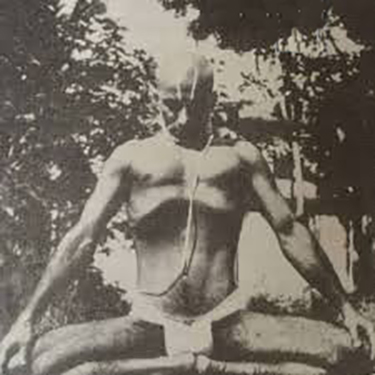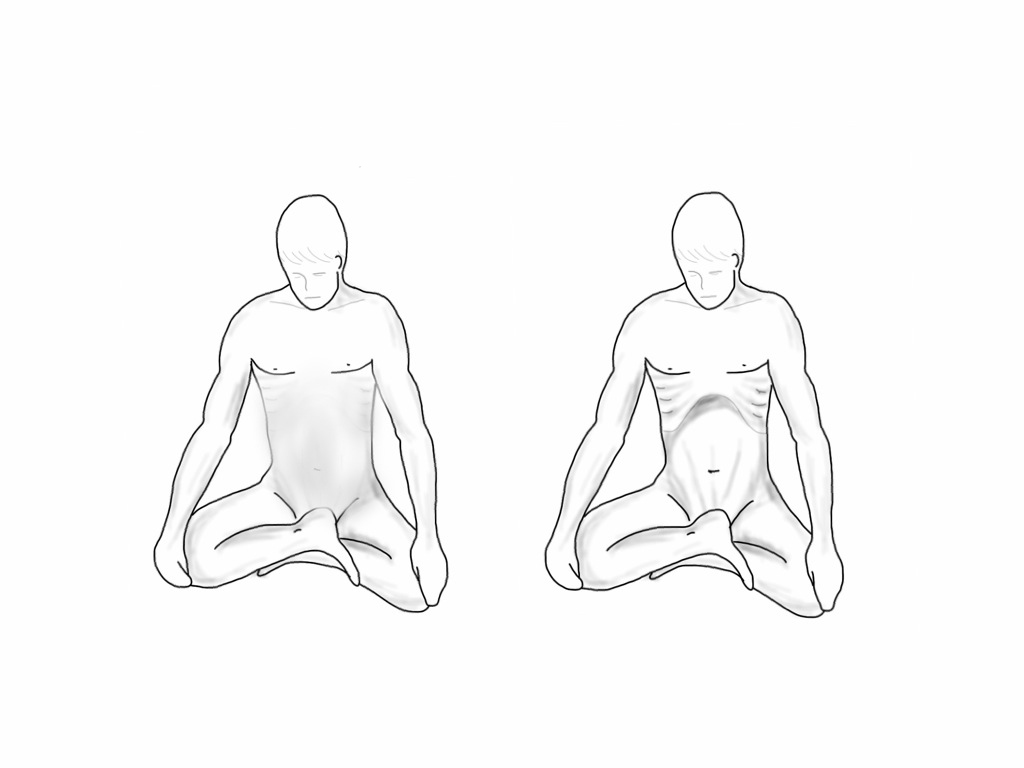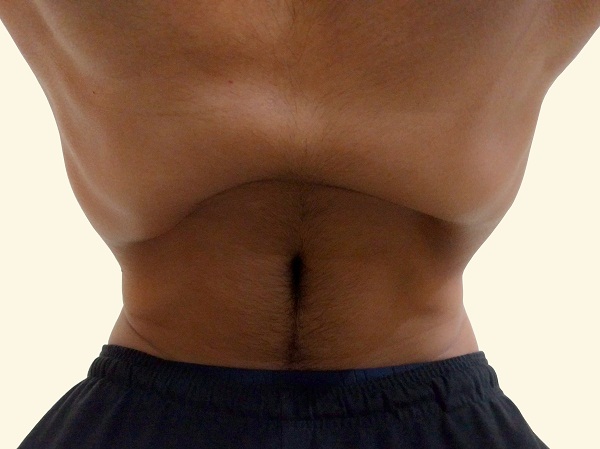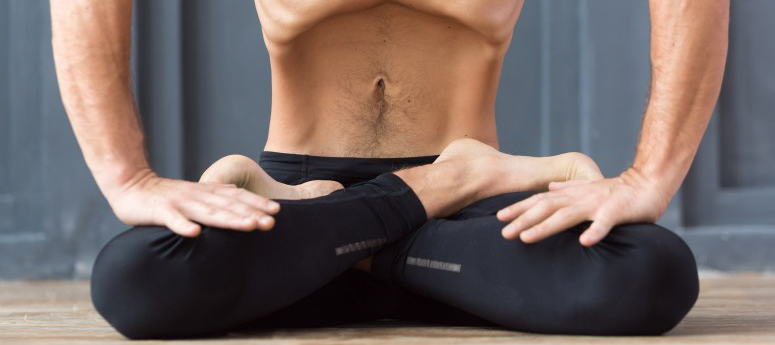1.- Description of Pranayama Agnisara
In hatha yoga there are some essential practices that are considered mastery: Agnisara is one of them. Combining elements of pranayama and asana, the practice of Agnisara is hatha yoga par excellence.
The ultimate goal of hatha yoga is to accumulate vital energy to harness it for the inward journey, and this is exactly what Agnisara can do for you.
With its deep contractions of the abdomen and pelvic floor, Agnisara targets the abdominal organs and power centers (chakras), responsible for regulating and enhancing vital energy.
If you want to help yourself in the practice of this Pranayama, you can accompany it with an appropriate incense like this one that we have in our online store tantrayogashop.

Therefore, this practice not only affects our physical health, but also our vitality and our state of mind; Lastly, it facilitates spiritual growth and transformation. The name itself tells us this: agni, which means fire, the elemental quality responsible for the digestion and transformation of food into energy, and sara, which means essence.
Agnisara is essential to develop personal power, which allows us to know this powerful and great Agnisara purifying Pranayama.
2.- Benefits and indications of the practice of Agnisara
2.1.- Purification of the Chakras through Pranayama
According to yoga anatomy, each of the chakras contribute to different aspects of our body. The root chakra, characterized by the earth element, symbolizes stability. Water is the element of the second chakra, in the pelvic area, which symbolizes emotional fluidity and the desire to enjoy life. Agni, fire, is the element that resides in the stomach, the point of union between body and mind. This third Chakra is one that nourishes and sustains.

Now considering the functions of these three lower Chakras, we can understand that Agnisara produces a lot of benefits in our physiological system. To begin with, it strengthens the pelvic floor muscles and the abdominal wall, thus supporting the correct placement of the organs in the abdomen. This counteracts the downward force of gravity on the viscera, as well as the collapse of the muscles and connective tissue in the abdominal area.
In addition, internally, Agnisara tones, activates and cleanses the digestive and excretory systems. Since many illnesses begin with a stagnation in the digestive tract, the benefits of regular Agnisara practice are vast.

2.2.- The changes derived from the practice of Pranayama Agnisara
Agnisara also contributes to the healthy functioning of other organ systems. Lower abdominal wall contractions massage the bladder, while pelvic floor contractions strengthen the muscles used to regulate urine flow. Lymphatic fluids, which tend to accumulate in the abdomen, are pressed upwards by the movement of the abdominal wall. This stimulates the healthy functioning of the immune system. Agnisara improves circulation to the organs in the abdomen, including the reproductive organs. In short, all the physiological functions of the abdomen are enhanced with this master practice.
In addition to its physical benefits, the practice of Agnisara is also accompanied by subtle changes. Vitality increases, derived from this practice translate emotionally into less anxiety and persistent steadfastness in the face of life’s challenges. Regular practice increases our ability to handle emotional distress and builds a sense of spiritual enthusiasm and confidence. In addition, it prevents the downward collapse of physical and mental energies.

Agnisara increases vitality, strength and determination
To reap these benefits, we must work on a regular basis. Even basic practice can be difficult at first, as we rarely isolate the deep muscles of the lower abdomen. To begin with, we will start with practices that train the nervous system, the mind and the muscles. These preparations will allow you to more easily access the deep muscles of the lower abdomen. Then we will move on to the actual practice of Agnisara.
3.- Exercise for the practice of Pranayama Agnisara
3.1.- Master the practice
With a few more improvements, we will master the practice of Agnisara. This requires a sequential contraction and release of the abdominal muscles. Start by contracting your pelvic floor and lower abdomen as you begin to exhale. Then contract and pull your lower abdomen in and up. Continue exhaling and contract your upper abdomen. When the entire abdominal wall is strongly contracted, and the breath is completely empty, suck in the diaphragm below the ribs.

After this, immediately release the diaphragm and begin the inhalation by releasing the upper abdominal wall above the center of the navel. Then release your lower abdomen, continue to inhale, releasing your pelvic floor as you finish your inhalation. Without pausing, begin to exhale and draw your pelvic floor and lower abdomen in and up. Continue exhaling, contract the lower and upper abdomen. Next, lift the diaphragm. After this, release the diaphragm and, as you inhale, release the upper and lower abdomen and finally the pelvic floor.
Don’t worry if you don’t feel the diaphragm rise below the ribs. Instead, focus on keeping your breath smooth and deep. This is a crucial point. Keep your lower abdomen and pelvic floor contracted and pulled up as you inhale and release your upper abdomen. Notice how the diaphragm can work independently of the lower abdomen and pelvic floor.
3.2.- Mastery requires daily practice
Agnisara requires long term training and daily practice is a must. The best time is early in the morning, when the intestines and stomach are empty. You can also practice before meals or before bed. To start, do 5 to 10 repetitions, or whatever is comfortable for your current level. Build up to 40–50 repetitions at least once a day.

3.3.- Contraindications in the practice of Pranayama Agnisara
Avoid practicing this Agnisara pranayama if you suffer from hiatal hernia, pregnant or menstruating, ulcers, cardiovascular disease or high blood pressure.
This practice can be annoying for women if they use IUDs. It is important to do this practice on an empty stomach or after three hours after a meal.
As with any practice that works with prana, you can energize already existing negative tendencies rather than alchemize them. The practice should create a state of peace and harmony, not angry or irritated. It is normal to feel more physical heat in general. Subtle fire arises from the center of the body and purifies the organs and energy channels or Nadis.

4.- So you already know this powerful and great Agnisara purifying Pranayama?
Stay seated with your feet on the ground a few inches apart so that your thigh bones come straight out of your pelvis. Place your hands flat on the floor behind you, close to your pelvis. Press your hands and feet into the ground, feeling your spine rise from your pelvic floor. Raise the front of the spine. Feel the perineum and lower abdomen above the pubic bone, moving in and up. This neutral position of the spine is maintained by the deep abdominal muscles involved in Agnisara. For a bigger challenge, lift both hands off the ground, bringing them behind your knees. After this, try to bring them along the legs without changing the alignment of the spine.
If you collapse and can’t stay up, keep your hands on the ground and work to lift more internally, gradually taking the weight off your hands so your arms aren’t supporting your torso. Hold for 5 breaths, but do not exceed your ability to maintain alignment. Repeat several times. Then drop your knees, get into a sitting posture for meditation and pranayama, and notice the difference. Let go of the effort, turn your attention to the breath, and notice how the breath is supported by the tone of the lower abdomen and pelvis. This is the path to pleasurable meditations, successful pranayamas, and vigor and stability in all aspects of life.
“abdominal purification through blood and the subtle essence of fire”.
ETYMOLOGY: the translation of SAHAJA AGNISARA DHAUTI
